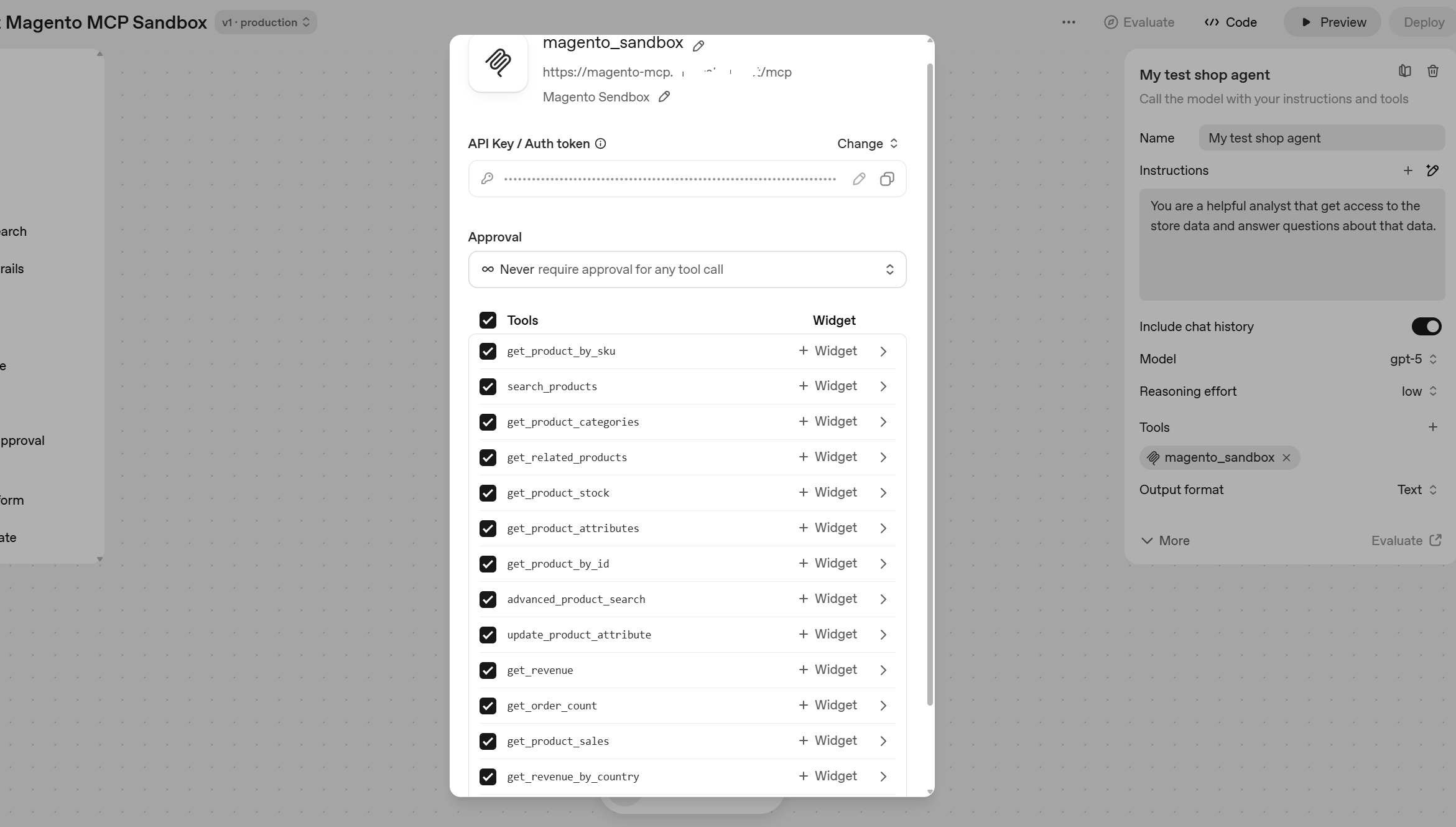
This summer there was a presentation from Tim Bezhashvyly at German Meet Magento event that caused quite active discussions in Magento community. The name of presentation is pretty provocative – “Harsh Truth Of Magento Enterprise”. Very briefly in his opinion the price tag for Magento Enterprise isn’t fair and you can be better of if take Magento CE, purchase and install extensions from 3rd party developers and get your own Magento EE for much less money. Later Tim also gave an interview to Magento news website Magenticians where he basically confirmed his position. This post is expanded version of my comments to the interview.
While I see some merit in Tim’s logic and respect his enthusiasm as a developer committed to provide economically feasible solution, I think he overlooks several important points. The reason for that is that naturally he looks into the problem from developer’s prospective. Don’t get me wrong, I have a deep respect to developers, that’s people who make things working and bring us amazing technologies. But I think that as a developer Tim misses the several factors that are important for businesses who use Magento, while seems a minor for IT people.
Tim has counted if I read the presentation correctly 65 modules required to make CE EE. He states that you can get part of that modules for free and remaining for much less money than the price of Magento EE (~$17K). That may be true, moreover probably most merchants don’t need all 65 modules. However, let’s look a step further.
Initial development
- We need to decide what extensions to buy. I admit that Tim may know exactly what modules he uses to replace every feature of Magento EE, but usually there are several options available. Having a choice is good in general, but shopping around requires time of (1) business user, (2) technical expert. This is quite hard to quantify, because depends on level of experience, but definitely will take fair amount of time.
- We need to install the modules. Installation of modules to Magento very rarely goes perfect, especially if you are installing so many of them and have significant number of potential conflicts. Let’s assume that we need to install just 30 extensions out of 65 and our developer is pretty good, so in average he/she spends just couple hrs per extension. It gives us 60 hrs of dev time to install all the modules. In addition to developer’s time that installation will require some time from QA and managers, because developer will for sure need to consult with them regarding some issues that pop up during the installation. So you easily end up with 100 hrs of total time to do that job and IMO it is again rather modest scenario. Not sure about Germany, but in Australia with agency rate of say $160 per hr we end up with $16K installation budget (and this is without cost of the modules).
- Performance optimisation. After all modules are installed we need spend time to tweak the system performance to reach comparable level of speed with Magento EE
- Finally we need to teach the client (external or internal) how to use all that modules. Magento EE comes with trainings, modules require time to learn.
As a result, I afraid that we definitely spend more time and in many cases much more money than if we take Magento EE. You can do your own math based on the money you pay for development and your estimations of the activities listed.
Business as usual – no major changes
OK, assume all done and we have our online store up and running under Magento CE with all extension. Maybe we’ll start to save good money from the 2nd year? Unfortunately unlikely:
- We need to support and updates the modules (it may happen due to new version of module issued or due to upgrade to new version of Magento). It also cost money to buy updates plans or new versions of the extensions and to pay the developers to update the modules. Updating 30 modules is much harder than one core system.
- Customizations of the system will be more complex due to more potentials for conflicts and the time that developers need to spend to understand the system.
- We need to deal with dozens of vendors of the extensions who provide support rather than one (Magento), which put additional workload not only to people dealing with the website, but also to office administration who need to take care of more invoices, payments, etc.
- If our in-house developer leaves us or we break apart from our agency, the transition of our website will be much more complex and require more time versus configuration with less modules.
- Magento support may be not ideal, but in the absence of it we’ll have to use agency or our in-house stuff to find solutions to core system bugs and fix them and that will be reflected in your business time sheets/bills.
Time is money

Image credits – Celestine Chua
Finally and often the most importantly, all that stuff require the most precious resource – time. Longer development circle, postponed launch, time of rolling out changes, performance glitches and work disruptions may cost way more money than Magento EE licence fee for the merchant with a serious revenue. For a business considered mid-market with $20M revenue one day is equal to almost $5.5K of revenue and 1% downtime leads to $20K sales lost.
Conclusion
Magento Enterprise is definitely not good match for every business and shady agencies that sell it to the merchant who never going to use significant share of it’s features are doing bad job for the market, I am partly agree here with Tim. However for the merchants with significant e-commerce business volume (current or planned) and need in the features that included in Magento EE out-of-the box it isn’t a bad deal, because saves them time, money and reduces the risks.
This post was originally appeared at Levashov.Biz





